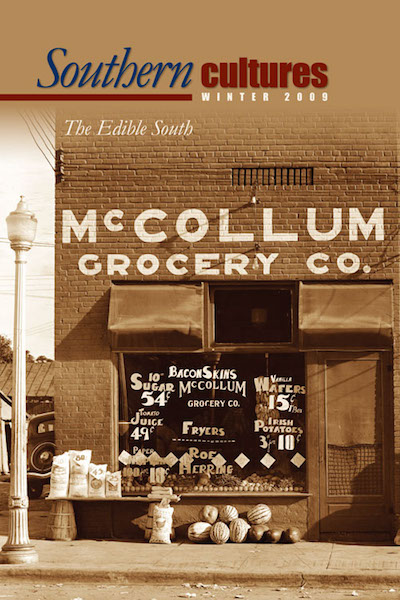Tomato Club. Tomato Club./ See how we can. See how we can./Give us tomatoes and a good sharp knife—/This is the place to get a good wife./DId you ever see such girls in your life—/As the Tomato Club? — Tomato Club Song, c. 1914
In 1909, Mare Samuella Cromer, a young rural schoolteacher in the western South Carolina town of Aiken, heard a speech about Seaman A. Knapp’s boys’ corn clubs that were transforming southern crop yields. Knapp, a scholar originally from the Midwest but working in Texas and the larger South, created the blueprint for the turn-of-the-century U.S. Department of Agriculture outreach programs and the national agricultural extension service. He believed in training local farmers to teach their peers and youth to teach their families in more efficient methods for rural life. Most of the early experiments under his leadership began with men and boys. According to Cromer, she raised her hand to ask, “But what are we doing for the farm girls?” She was not the first audience member across the South to ask such a question, but what made Cromer different was what she did next. By 1910, she had successfully organized a girls’ tomato club so that the girls would “not learn simply how to grow better and more perfect tomatoes, but how to grow better and more perfect women.” The tomato clubs (which were never really about getting wives, despite the song lyric) and the women who organized them wanted southern food to transform southern society—but not from the top down. Rather, by targeting girls, arguably the most disenfranchised family members, the tomato club movement worked explicitly from the grass—or garden—roots up.


